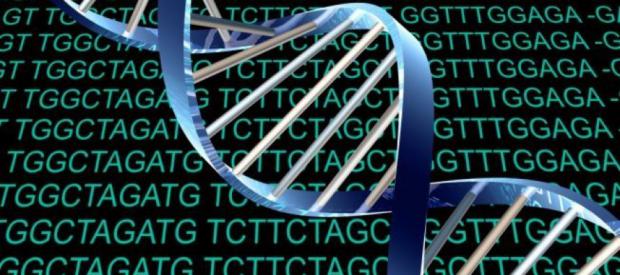
Breaking News
 Who Is ?@NickShirley?? | PBD Podcast | 710
Who Is ?@NickShirley?? | PBD Podcast | 710
 20 Cozy Ways to Celebrate New Year's Eve at Home
20 Cozy Ways to Celebrate New Year's Eve at Home
 The methylation switch: Scientists identify diet that can turn back the cellular clock
The methylation switch: Scientists identify diet that can turn back the cellular clock
 Americans are slaves for the wealthy elite's that write legislation along side corporations...
Americans are slaves for the wealthy elite's that write legislation along side corporations...
Top Tech News
 Laser weapons go mobile on US Army small vehicles
Laser weapons go mobile on US Army small vehicles
 EngineAI T800: Born to Disrupt! #EngineAI #robotics #newtechnology #newproduct
EngineAI T800: Born to Disrupt! #EngineAI #robotics #newtechnology #newproduct
 This Silicon Anode Breakthrough Could Mark A Turning Point For EV Batteries [Update]
This Silicon Anode Breakthrough Could Mark A Turning Point For EV Batteries [Update]
 Travel gadget promises to dry and iron your clothes – totally hands-free
Travel gadget promises to dry and iron your clothes – totally hands-free
 Perfect Aircrete, Kitchen Ingredients.
Perfect Aircrete, Kitchen Ingredients.
 Futuristic pixel-raising display lets you feel what's onscreen
Futuristic pixel-raising display lets you feel what's onscreen
 Cutting-Edge Facility Generates Pure Water and Hydrogen Fuel from Seawater for Mere Pennies
Cutting-Edge Facility Generates Pure Water and Hydrogen Fuel from Seawater for Mere Pennies
 This tiny dev board is packed with features for ambitious makers
This tiny dev board is packed with features for ambitious makers
 Scientists Discover Gel to Regrow Tooth Enamel
Scientists Discover Gel to Regrow Tooth Enamel
 Vitamin C and Dandelion Root Killing Cancer Cells -- as Former CDC Director Calls for COVID-19...
Vitamin C and Dandelion Root Killing Cancer Cells -- as Former CDC Director Calls for COVID-19...
Scientists Hack a Human Cell and Reprogram It Like a Computer

But cellular computing is more than just a convenient metaphor. In the last couple of decades, biologists have been working to hack the cells' algorithm in an effort to control their processes. They've upended nature's role as life's software engineer, incrementally editing a cell's algorithm—its DNA—over generations. In a paper published today in Nature Biotechnology, researchers programmed human cells to obey 109 different sets of logical instructions. With further development, this could lead to cells capable of responding to specific directions or environmental cues in order to fight disease or manufacture important chemicals.
Their cells execute these instructions by using proteins called DNA recombinases, which cut, reshuffle, or fuse segments of DNA. These proteins recognize and target specific positions on a DNA strand—and the researchers figured out how to trigger their activity. Depending on whether the recombinase gets triggered, the cell may or may not produce the protein encoded in the DNA segment.
A cell could be programmed, for example, with a so-called NOT logic gate. This is one of the simplest logic instructions: Do NOT do something whenever you receive the trigger. This study's authors used this function to create cells that light up on command. Biologist Wilson Wong of Boston University, who led the research, refers to these engineered cells as "genetic circuits."
Here's how it worked: Whenever the cell did contain a specific DNA recombinase protein, it would NOT produce a blue fluorescent protein that made it light up. But when the cell did not contain the enzyme, its instruction was DO light up. The cell could also follow much more complicated instructions, like lighting up under longer sets of conditions.
Wong says that you could use these lit up cells to diagnose diseases, by triggering them with proteins associated with a particular disease. If the cells light up after you mix them with a patient's blood sample, that means the patient has the disease. This would be much cheaper than current methods that require expensive machinery to analyze the blood sample.



